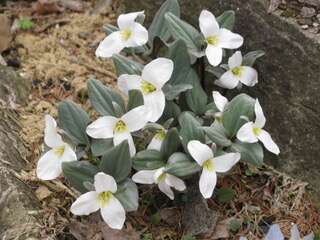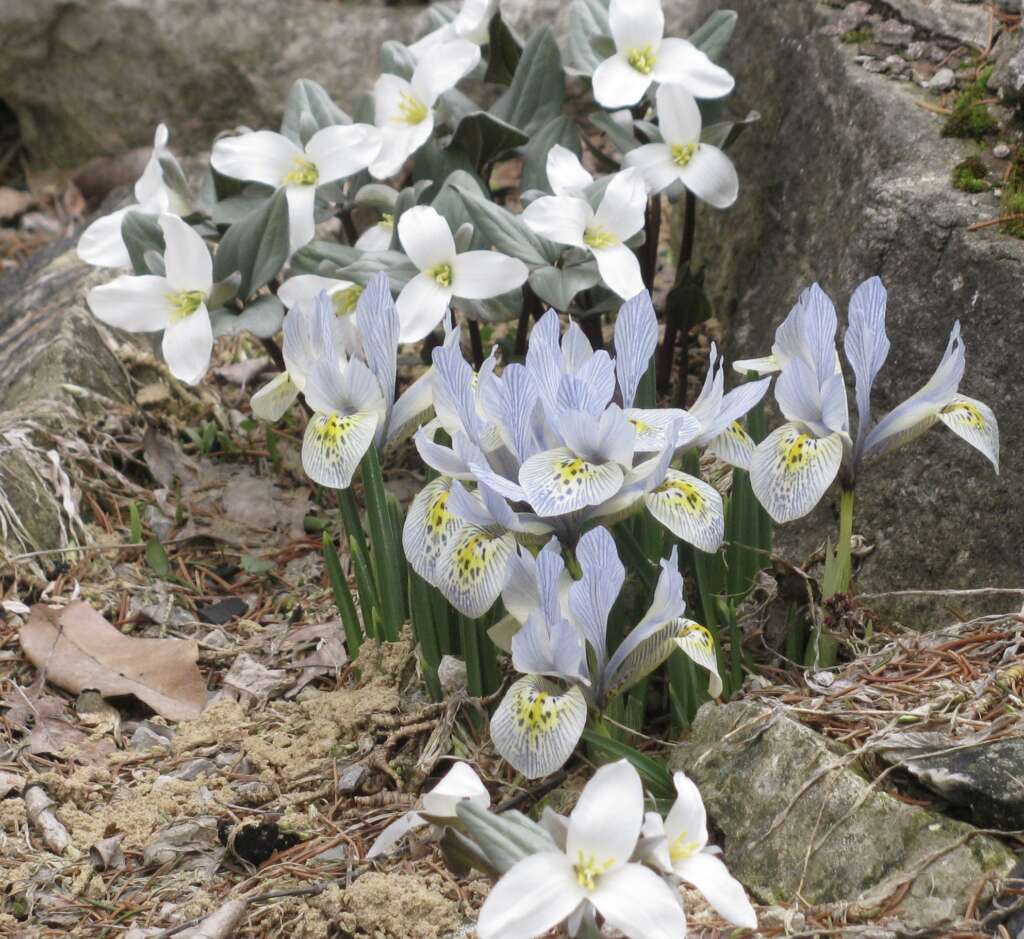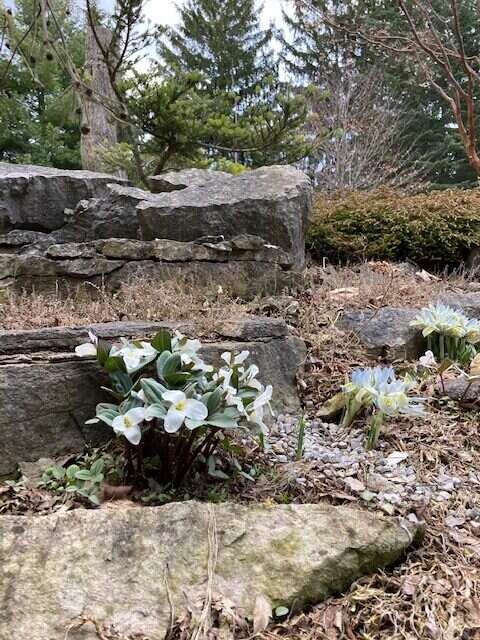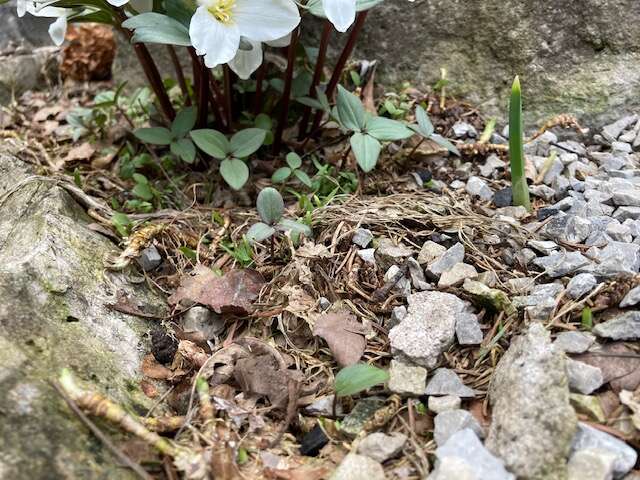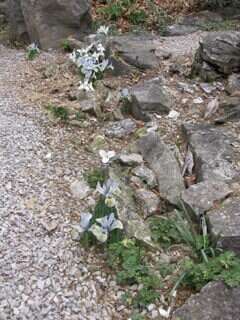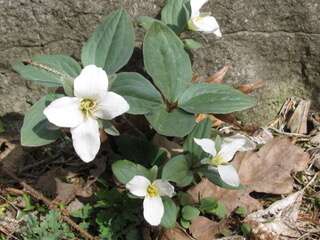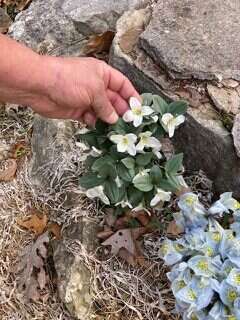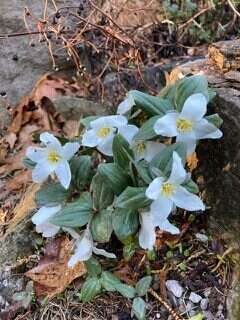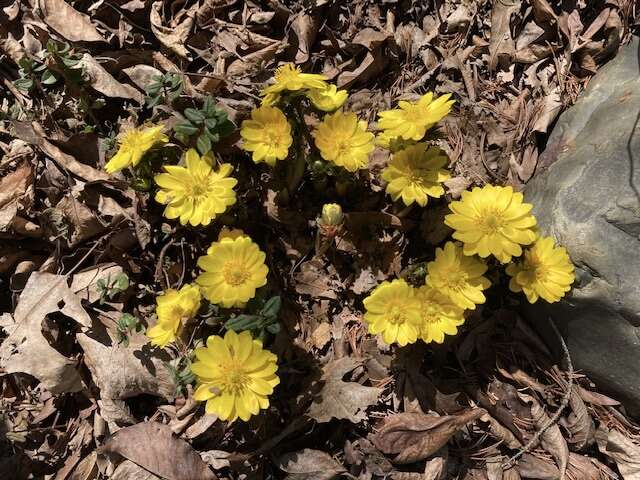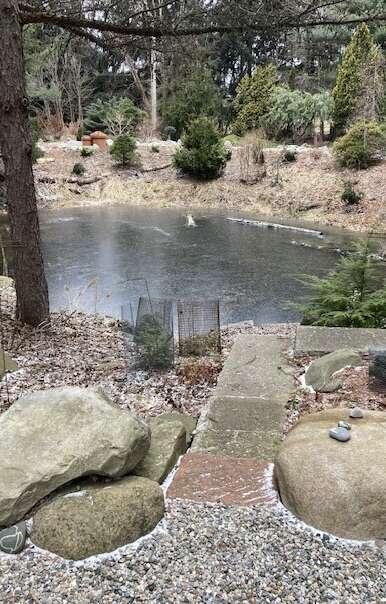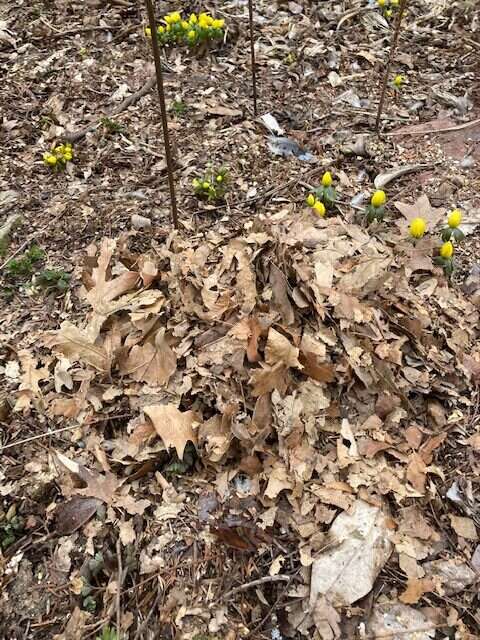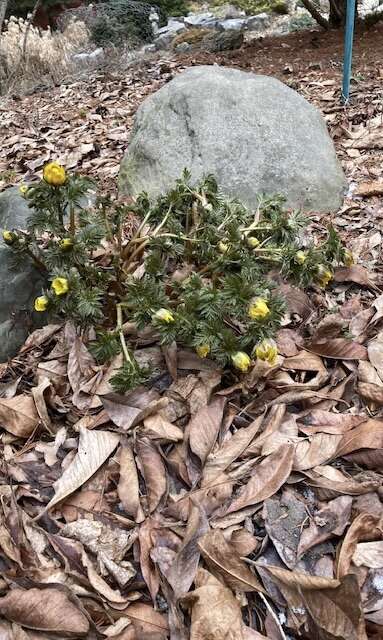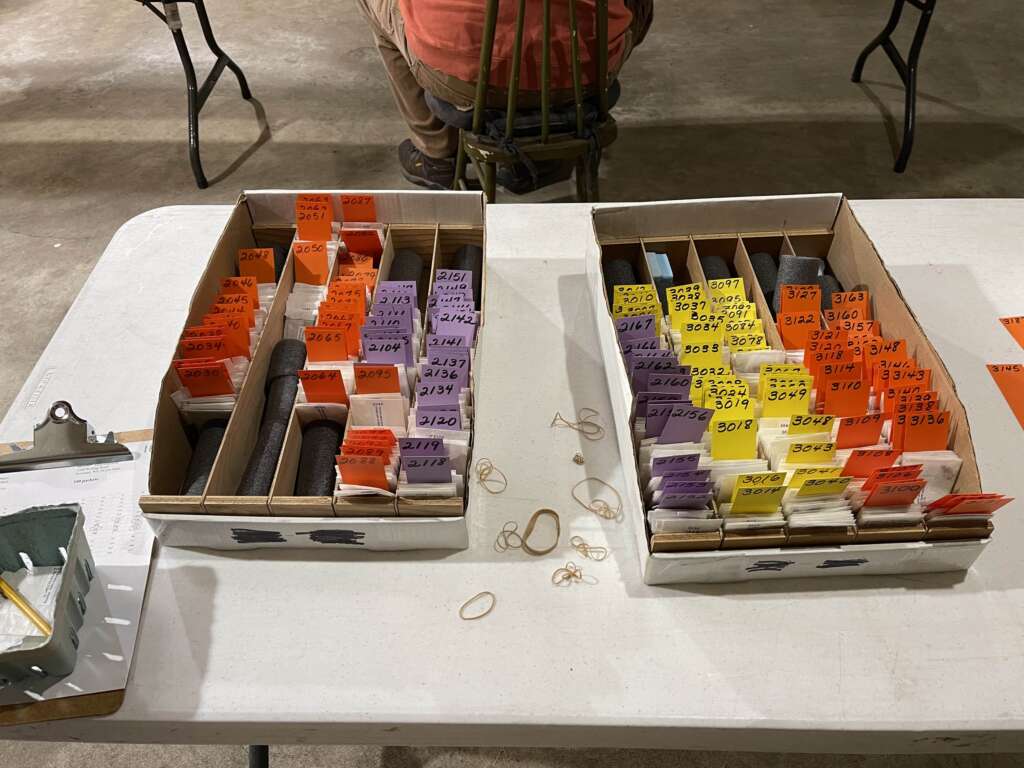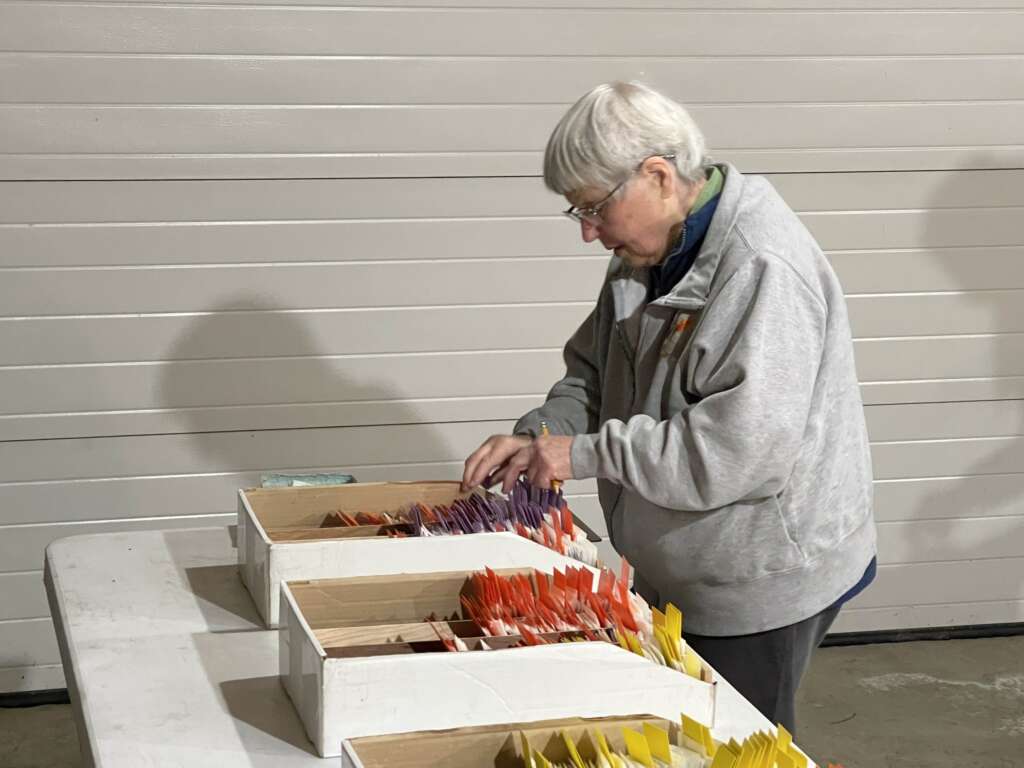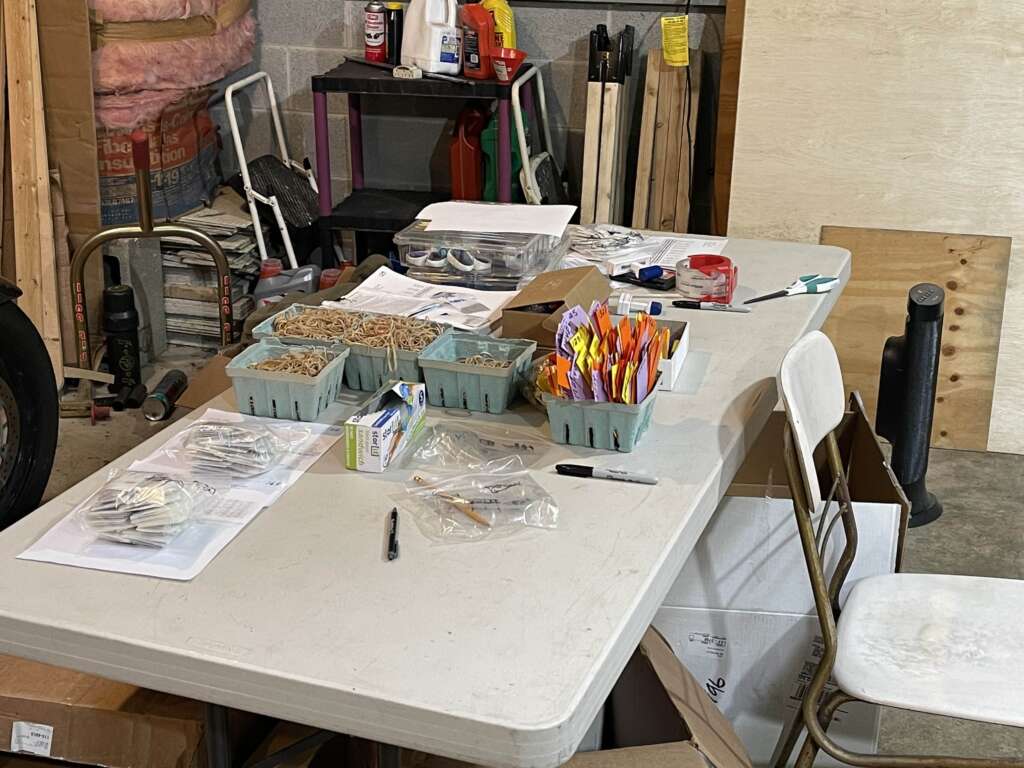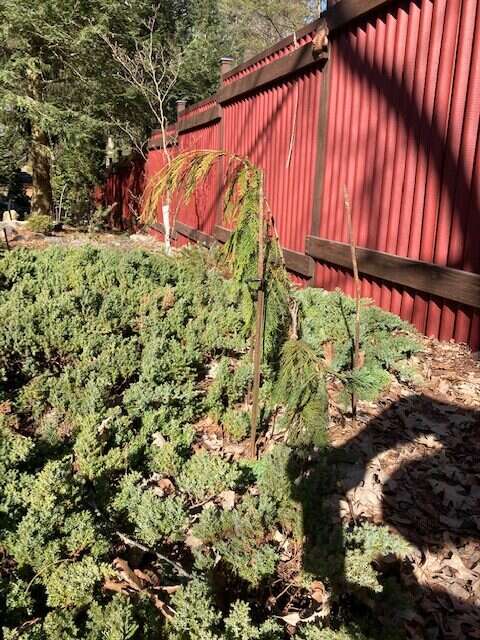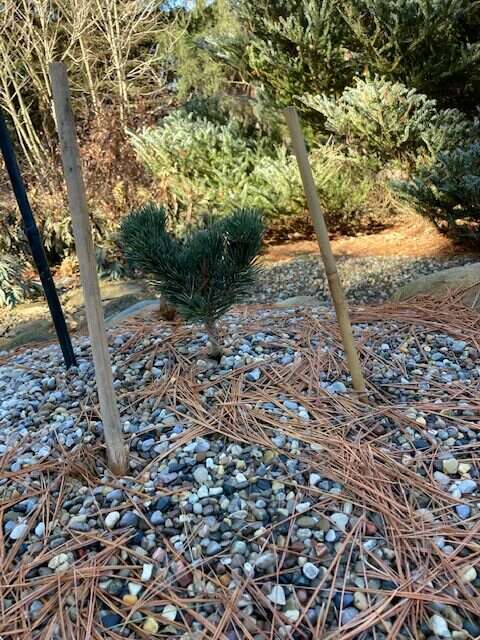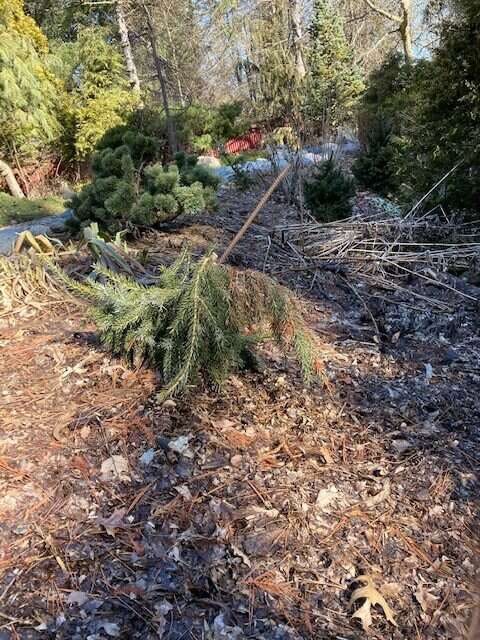For several weeks I’ve been prowling about the garden, repeatedly scanning patches of ground where something should be showing up. All the while having to count on a handful of the earliest Spring Bulbs to satisfy my plant-lust. The up’s & down’s of SE Michigan’s transition from winter to spring is close to reaching the tipping point, brought on by just a couple of 70 + degree days.
The winter aconites & snowdrops, along with Cyclamen coum, Hellebore tibetanus, and Adonis, have thrilled and delighted for almost a Month now. Each opening flower pushes the winter-blahs further to the back of my mind, while stoking a near-burning desire to see what comes next. Gradually, the once brown, almost blanket-flat mulch of last years leaves, had started to bubble from the push of activity beneath, and now that activity has boiled into an eruption in a colorful blooms and vibrant foliage.

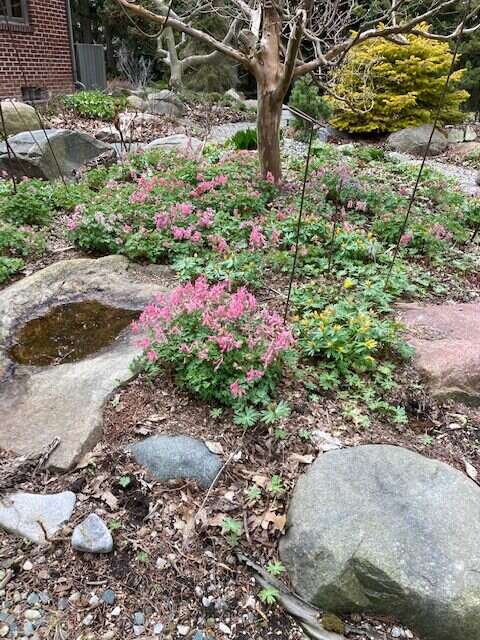
Corydalis solida’s and Iris reticulates have appeared almost everywhere in the garden.
Over the past decade, Corydalis solida seem especially determined to occupy every vacant space they can find. There are several other Corydalis species in bloom but none can match the nearly rabbit-like fecundity of C. solida.
Corydalis ornada has slowly and steadily, increased for us. Sadly we haven’t been successful in keeping any of the electric blues or rich, saturated rose-pinks.

For reasons unknown to me only the white flowered forms of C. ornate seem happy in various locations to the garden. It’s really a shame as this species (if you can keep them) come in some of the most spectacularly- saturated, colors that I have experienced within the genus.


All across the garden Hepaticas are popping out.
Over the years we’ve amassed a number of good color forms.


Although they are not usually the earliest hepatica to bloom, I believe these (pictured above) are all H. nobilis. A species that in this garden are easy to please and happy to seed about.

Hepatica media is usually the first of the species to flower for me (but I failed to look for them).
This H. acutiloba has decided conditions are right to open now.

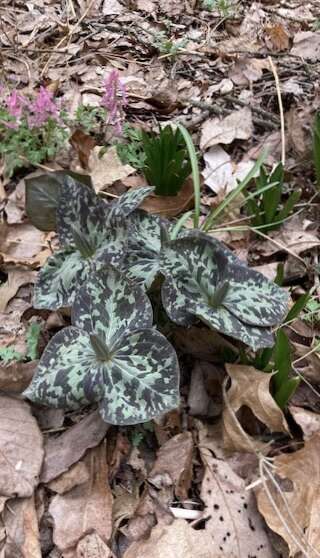
Several trillium species are up as well. The clay-loam soil that covers nearly all of the property (except for the alpine beds built on-top of it), seems to suit most all of the species that grow . After T. nivale, Trillium cuneatum will be the next to bloom. Although several other trillium species are up including T. recurvatum, T. sessile, and T. stamineum. No doubt. there are another half dozen species whose noses are just beneath the leaf litter, waiting a little longer.


Abeliophyllum distichum as it grows here, spreads slowly by lower branches rooting in where they contact the ground. The thousands of tiny white blossoms flood the lower garden with their sweet perfume.
This early flowering and frost-proof shrub is commonly referred to as White Forsythia.
Among the multitude of plants now coming up, most have not only settled in but have increased themselves to the point of becoming (almost) common. Then there are others that, while they have persisted, have proven to be more reluctant.
Many species of Erythroniums have proven to be difficult to established in my garden (I’m sure this failure is entirely mine) though there have been successes. E. caucasicum seed (from Joseph Halda) sown back in the early 1990’s, yielded two plants that made their way into the garden. It was probably 5 or 6 years before I stopped collecting the seed they set (to try and grow in pots) and simply allowed them to self sow. Three to four years later, their pale pink-violet blooms (the first erythronium species to flower in my garden), were multiplying nicely.

That was before the flower of this Erythronium opens, usually about a week ahead of E caucasicum. Around 2015 I had transplanted the entire contents of a seedpod that contained several, second year seedlings without dividing them. Sadly this is the sole survivor of that batch of Archibalds’ seed from the Kahem Valley, Tuva, Altai ex Russia sown in March of 2011. It’s Flowered every year since, and perhaps that’s a seedling leaf just to the lower right, If so It’ll be the first!

I expect the E. caucasicums to be opening in another week, followed rather quickly by thus Hybrid I have labeled simply as E. ‘Pagoda’.

The common Bloodroot have made their own way into this garden and have demonstrated a great ability to expand their range.
That is not the case with this form of bloodroot. I believe it came from Garden Visions, and its a lovely form that has shorter, wider, petals and appears to be a clumper which sends up bunches of stems. It does seeds about, but only lightly!

In the 90’s I had a not-so-mild Narcissus addiction, One of my favorite dealers who supplied my “fix” was Grant Mitsch Novelty Bulbs. For a host of reasons (none of which were theirs), many of the treasured daffodils they sent are no longer with me. This is one of the exceptions that always makes me smile when I see its mature flowers.

While one might think these Cardiocrinum (widely scattered thru the garden) have a death wish by coming up so early. This form (that I believe came in a Chen Yi order) has proven to be very resilient. None the less, they will all be getting a small pile of dry oak leaves on them this weekend, as the low temperature, forecasted for Easter Sunday, will be in the low 30’s!
There are a dozen more things I could show in flower, and masses of other things coming up. Vast patches of Anemone nemorosa and A. ranunculoides, along with dozens of ever-expanding, mats of Geraniums are greening up chunks of the garden, while Scilla biflora, S. tubergenia and S. siberica, create lakes of blues. Hundreds of Crocuses (the “Chippies” have somehow missed) in a rainbow of colors, Spring cannot be held off any longer.
We are all about to be so very busy in our gardens trying to keep up. So I hope you are as ready, cause ready or not… Here we go!

